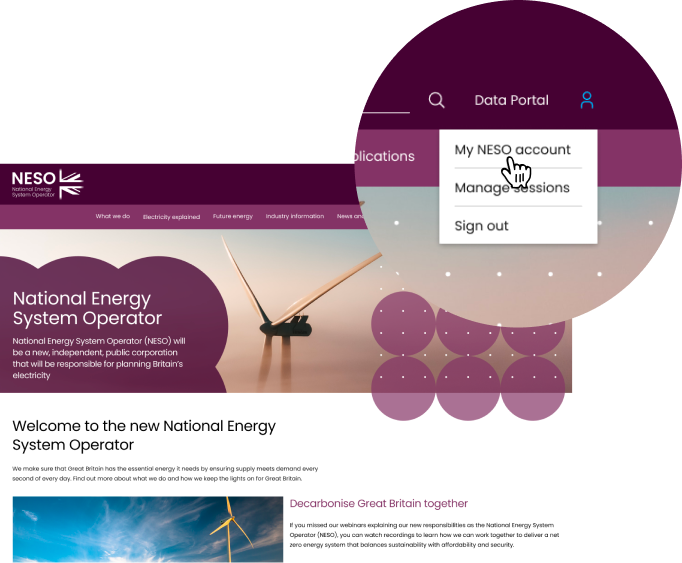Regional Whole Systems Strategic Planning (RWSSP) Methodology
Project summary
This project will support the development of a first of its kind end-to-end system planning methodology (Regional Whole System Strategic Planning (RWSSP) which accounts for deep and long-term uncertainty whilst driving whole system outcomes.
| Name | Status | Project reference number | Start date | Proposed End date |
|---|---|---|---|---|
| Regional Whole Systems Strategic Planning (RWSSP) Methodology: Problem Statement Development | Live | NIA_NGESO072 | March 2024 | July 2025 |
| Strategy theme | Funding mechanism | Technology | Expenditure | Third Party Collaborators |
|---|---|---|---|---|
| Optimised assets and practices | NIA_RIIO-2 | Modelling | £220,00 | Energy Systems Catapult |
The new RWSSP methodology could support future Regional Energy Strategic Planning (RESP), ensuring transparent, consistent and robust planning approaches across the proposed 10-13 RESP regions.
This initial project aims to understand the landscape within which the RWSSP and RESP is being developed and define: the problem(s) being addressed by the RWSSP methodology; what is a “minimum viable product” (MVP) and enduring solution for the RWSSP methodology. It will also establish an outline structure for the future RWSSP methodology, to be built out in future phases.
Benefits
This project will explore how an RWSSP methodology should be developed which can support delivery of the outcomes RESP is trying to achieve and; de-risk future development of a RWSSP methodology for the RESP function, unlocking the following benefits:
- Enable whole system regional infrastructure investments - particularly in network capacity (aligned with local needs, National targets and other relevant strategic plans) to be accounted for in the context of future uncertainty.
- Demonstrate a robust methodology which ensures the outcomes of the RESP function are themselves robust and transparent.
- Ensure future energy infrastructure is efficiently designed, fit for purpose and aligned to Net Zero, facilitating anticipatory investment decisions where appropriate.
- Enable efficient infrastructure investment which is transparent, fair and defensible, shares risk and value and reduces cost to consumers.
| Name | Published |
|---|---|
| NIA Project Registration and PEA Document | 06 Aug 2024 |
